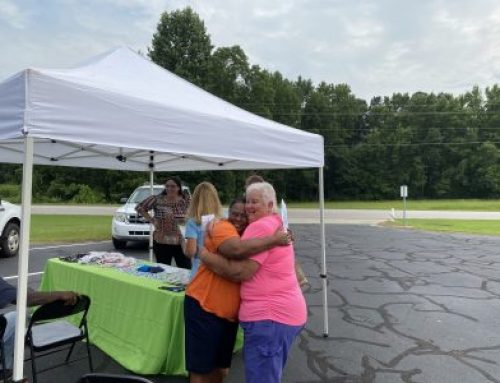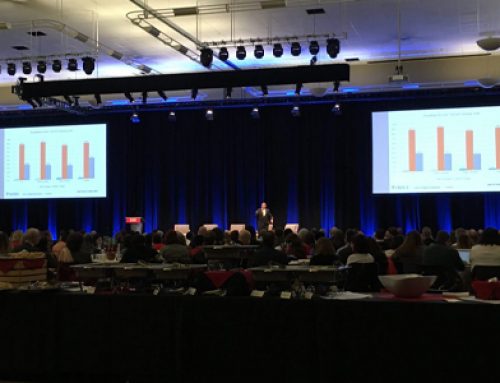By: Hunt Bowers
This post originally appeared on WRAL TechWire.
As technology and legal scholar Susan Crawford told the audience at the Gig East conference recently, cities will be following Wilson’s example as they look to build out high-speed fiber broadband networks across their communities. That’s because the city is one of only a handful in the
nation currently able to offer gigabit upload and download speeds to every residential and commercial customer.
I expect it won’t be the only way Wilson could lead in the future. In a “hackathon for beginners” that followed Ms. Crawford’s talk, hosted by my company Triangle UAS along with Charlotte-based Open Broadband and the advocacy group NC Hearts Gigabit, the power of Wilson’s fiber network was put to good use. Sixteen middle, high school, and college students from eastern NC participated with 150 other students on the Atlantic coast in a multi-state hackathon. Turning kids on to future tech careers is another important way Wilson’s fiber network is benefitting tomorrow’s community.
As a graduate of Fike High School in Wilson, Class of 1999, now helping grow a Raleigh-based drone startup, I have a personal stake in that future. Returning to coach my hackathon team Double Rainbow to a solid third-place finish helped convince me that young people here are not only interested in careers in tech, they’re already ahead in learning the skills they’ll need to land jobs across the industry.
And while a great career is the ultimate prize, our highest finishing teams got to take home mini drones and participate in a community fly day as well. Helping the teams hustle to “capture the flag” were area tech professionals, among them Code for Raleigh and Wilson Youth United. The gaming took place in a former courtroom of the old Wilson Federal Building downtown, repurposed in the 1990s as community science museum Imagination Station, a fitting backdrop for an event that in many ways exemplifies the transitions taking place in my hometown. Our hackathon playbook involved gamers searching for “flags” in bits of code while developing skills critical to cybersecurity like reconnaissance, forensics, and cryptography – in a courtoom in which a case had last been tried before the word “cybersecurity” existed.
It helped me appreciate that on Main Streets everywhere, the old industrial economy and the new digital economy are still reconciling. In Wilson that day, we video-synched to our hackathon collaborators, the Mid-Atlantic Gigabit Innovation Collaboratory, Inc., in Westminster, Maryland and
live-streamed on the Web, demonstrating the real-time collaboration that the advanced communication networks in our cities made possible. Meanwhile, while our computers crunched data inside, community members were outside celebrating Wilson’s heritage of artisans, agrarians and craftsmanship with the Whirligig Festival and the dedication of the new Vollis Simpson Whirligig Park.
For my company, and many like ours, access to the best quality fiber networks and a forward- thinking community that’s preparing for what’s next are critical drivers of our business. For Triangle UAS, whose core business supports situational awareness in emergency response, ultra-high bandwidth capacity is mission critical. Wilson is an ideal partner because their total fiber deployment across the jurisdiction offers an ideal networking environment to fully utilize our custom drone operations.
While I’ll always root for Wilson, I’m also enthusiastic about efforts across the region and the state to accelerate the deployment of advanced Internet capacity, especially fiber networks, everywhere. These are exactly the kinds of essential investments that will help us capture the flags that truly matter –staying competitive as the digital economy races forward.





